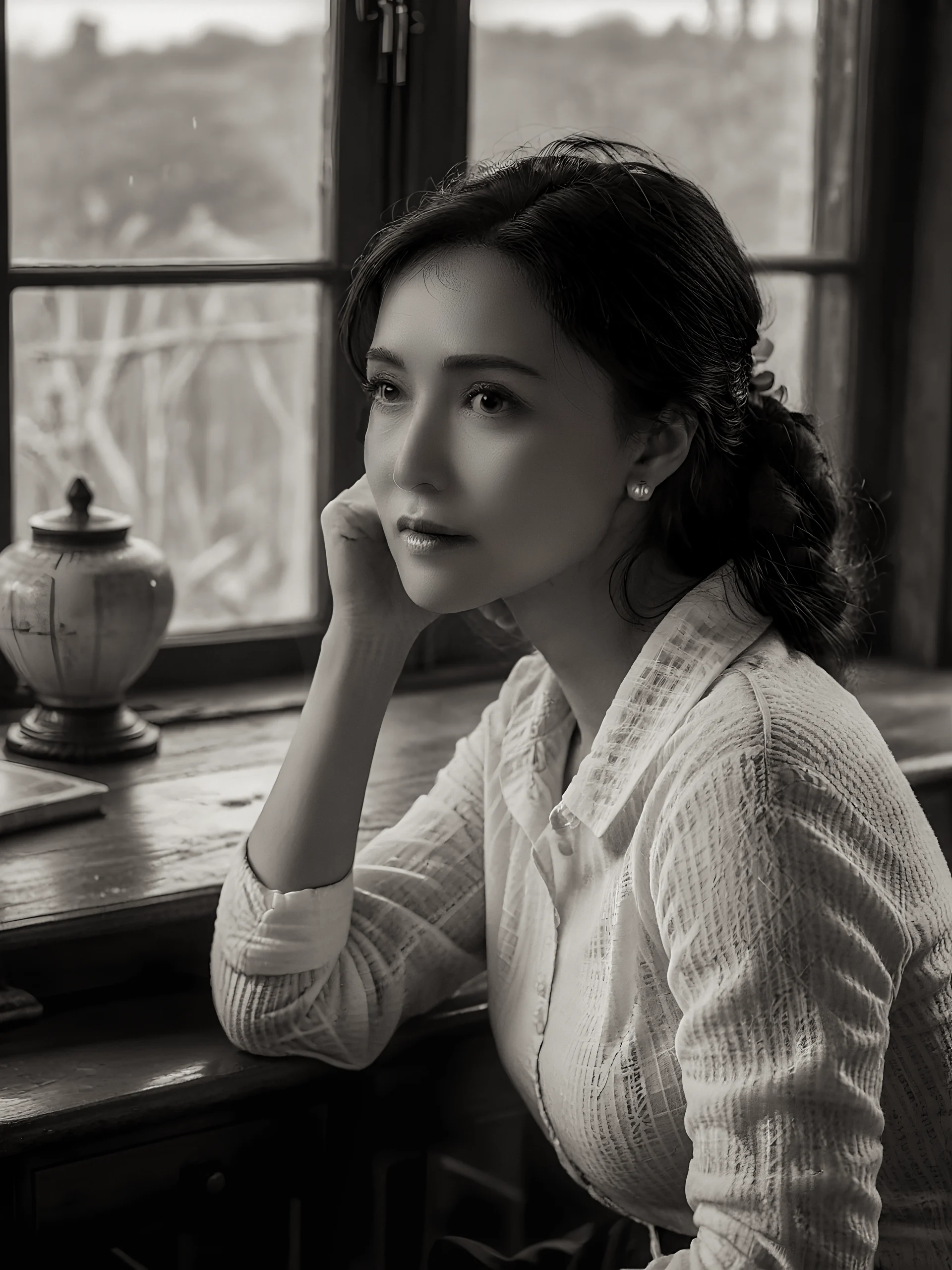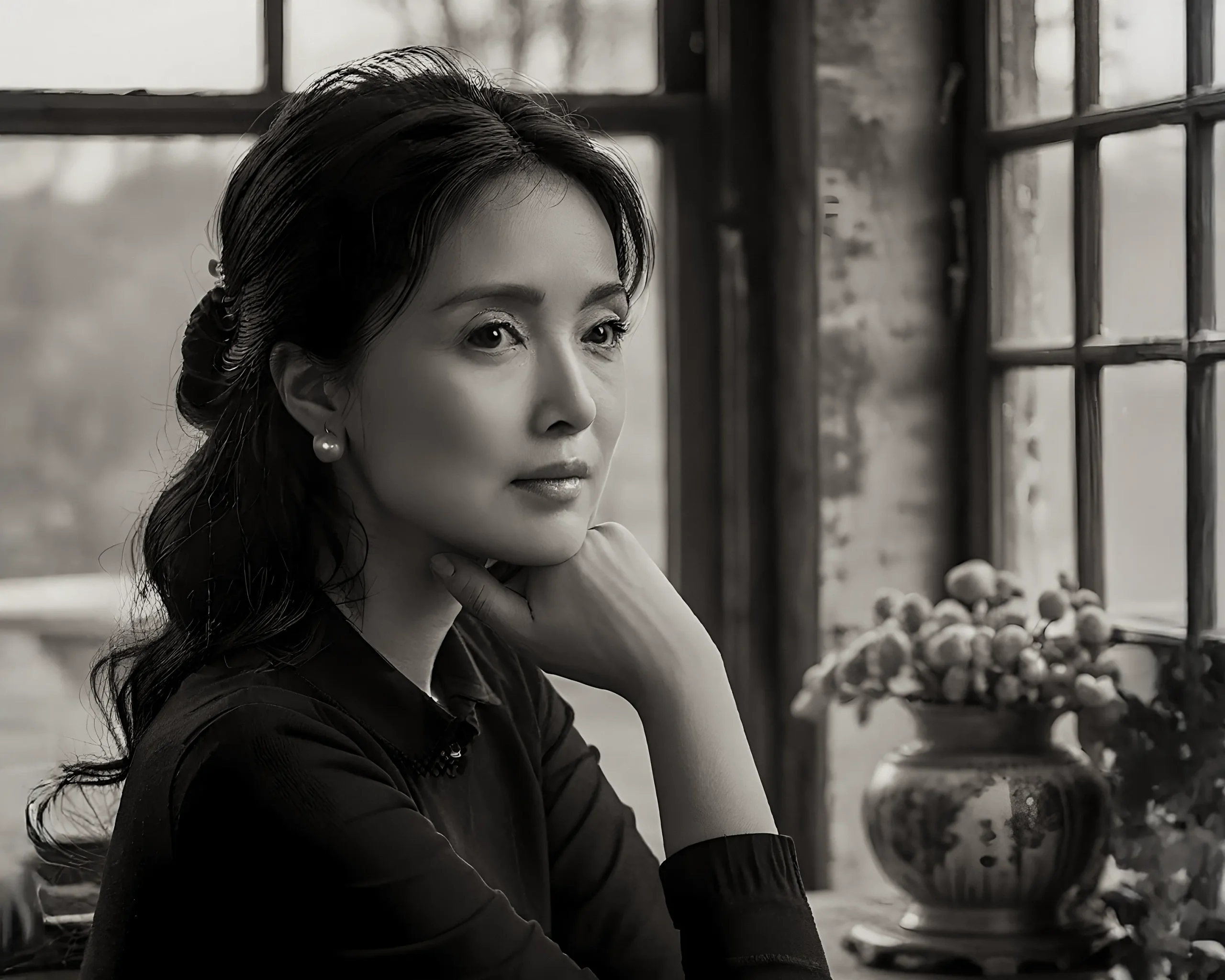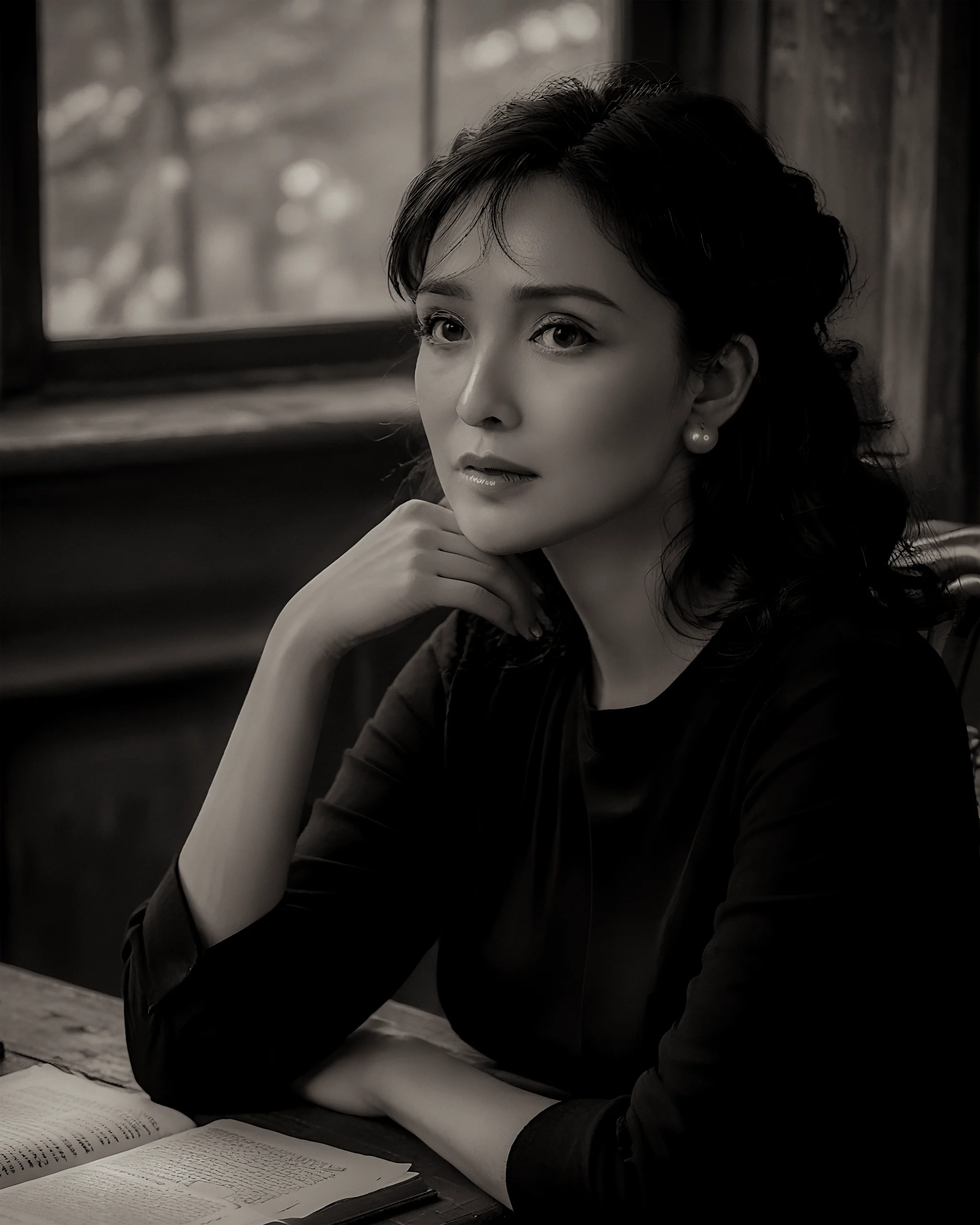Introduction
Today we will consider the concept of AI image generation and the role of prompts in shaping the output.
What is important about this topic is about the need to emphasize the importance of both positive and negative prompts in order to achieve the desired results.
AI Image Generation: Concept and Role of Prompts
Have you ever wondered how those images are created? Well, they are actually made by clever AI algorithms that take textual descriptions and turn them into stunning visuals. These clever systems use advanced machine learning techniques, particularly neural networks, to analyze huge amounts of images and texts to understand how to represent concepts visually. When you give them a prompt, the AI interprets it and creates an image that aligns with the description you provided. It’s pretty amazing to see how it all comes together!
Role of Prompts
Prompts are like the roadmap for AI to understand what you want to see. They’re the language you use to tell the AI what you’re looking for. If you create a great prompt, the AI will make a great image that matches what you had in mind. But if your prompt is unclear, the AI might not get it right.
Importance of positive and negative prompts for desired outcomes
Positive prompts: Positive prompts specify what elements should be included in the generated image. For example, if a user wants an image of a “sunset over a mountain range,” the positive prompt clearly indicates the desired subject matter. Positive prompts help the AI focus on the essential aspects of the image and guide it toward a particular theme or style.
Negative Prompts: Negative prompts, on the other hand, indicate what elements should be avoided in the generated image. For instance, if the user wants a “sunset over a mountain range” but wishes to avoid “clouds,” the negative prompt helps eliminate unwanted features. Negative prompts are crucial for refining the output, as they prevent the AI from including elements that could detract from the overall vision.
Prompt guide for excellent results – for Flux.1
Currently, the image generation AI I use most frequently is Flux.1.
Flux1 is an open source image generation AI model provided by the team members of Black Forest Diffusion, founded by Robin Rombach, who was a member of the Stable Diffusion development team.
This image generation AI model has up to 12 billion training parameters, far more than Stable Diffusion 3.0’s 2 billion, and well above the benchmarks of the popular Midjouney and the well-established DALL-E3.
What makes Flux.1 important to me is that Flux.1 [PRO], the highest of the three versions, is intended for commercial use. In the case of ImageFX published by Google, as of this writing in November 2024, there is no clear statement on whether commercial use is allowed or not, so there is an undeniable gray area, so to speak.
Features of Flux.1
Flux.1 produces high quality images, even in fairly complex scenarios.
Specifically, the results were quite close to the results I was looking for, such as the aged texture of “shellac varnish” applied to antique furniture, the rustic texture of organic cotton, and the elegant luster of pearls.
This could not have been achieved with any image generation AI other than the currently available Flux.1.

the white blouse worn by the woman, “organic cotton,” and the prompt, “pearlescent.
The key negative prompt was the prompt “don’t break one arm”,”missing arms”,
“extra arms”
Unfortunately, however, the pinky finger of the right hand is not correctly represented.
FLUX.1
How do I create effective prompts in Flux.1?
It is essential to understand how to structure the prompts, use specific keywords, and customize the desired style and results. This is because you depend on a carefully constructed prompt to generate the unique image you envision. By examining how to optimize your prompts, we will discuss the process of generating images that more closely resemble your image.
Categories of keywords
I typically group keywords into eight categories as follows
- Topic
- Style
- Artist
- Sharpness
- Tone and Shadow
- Light intensity
- Additions
- Elements to eliminate
This section explains how these categorical elements affect and result in the generation of images for Flux.1.
1.Topic
The topic is the core of the image to be generated and defines the primary subject or scene.
Example image prompt:
This black-and-white photograph captures the quiet reminiscences of a beautiful intelligent woman in Japan who is about 40 years old. Black, straight hair reaches the shoulders.
2.Styles
There are several types of styles: realistic, animated, cinematic, portrait, sketch, watercolor, illustration, animated, minimalist, monochrome, and more.
In my case, I upload 10 images in advance and set my own style. I have several sets registered and use them in different ways.
3.Artist
Referencing a specific artist is a powerful way to influence the visual style of the output. Referencing famous artists such as Van Gogh, Dali, or Chirico will cause the generated images to incorporate their distinctive styles. In addition, you can also specify your own artwork that is available on the Internet (by specifying a URL).
4.Clarity
masterpiece, best quality, 4k, 8k,highres, ultra high res, absurdres, (very high resolution), raw photo, photo realistic, etc., are factors that affect the quality of the generated image.
5.color tones and shadows
Tones and shadows play an important role in setting the mood. Keywords such as “warm tone,” “vivid,” “monochrome,” “sepia tone,” and “fog” are used to control overall tone.
6.Light intensity
Lighting has a great impact on the appearance of a subject. Including specific light conditions such as “general lighting,” “sunlight,” “indirect light,” “spotlight,” “studio light,” and “backlighting” can help achieve the desired effect.
7.Additional Items
Color of clothing, materials, type of furniture, materials, indoor and outdoor conditions, etc.
8.Elements to exclude
Help avoid unwanted elements by specifying what you do not want to include in the image.
Negative prompts should be listed in the “Advanced” column. The following examples apply
Low quality negatives
negative prompts
worst quality, low quality, ugly face, bad face, bad anatomy, deformed eyes, missing fingers, skin blemishes, nsfw, nude, nipples
deformed eyes, missing fingers, skin blemishes, nsfw, nude, nipples
low resolution, out of focus
error, blurry, bokeh, JPEG artifacts, painting, aketch, flat color
bad anatomy
missing arms
extra arms
missing legs
extra legs
extra hands
Bad hands
malformed hands
floating_limbs
missing_limb
bad fingers
extra fingers
liquid fingers
extra fingers
missing fingers
long body
long neck
long arms
long legs
long fingers
ugly face
bad face
deformed eyes
acnes
skin blemishes
mole
sensitive
nsfw (sensitive image)
nede
exposed chest
nipples
pubic hair
final prompt
Prompt : This black-and-white photograph captures the quiet reminiscences of a beautiful intelligent woman in Japan who is about 30 years old. Black, straight hair reaches the shoulders. A mysterious gaze stares at the camera.
She sits in an antique oak wood chair by the window, resting one elbow on an antique Victorian desk and supporting her chin with the other, reminiscing about the past. Outside the window, autumn is in the air. The gentle rays of light through the glass express a melancholic look.
She wears a black cashmere ensemble, appropriate for the autumn season.
The scene outside the window is blurred by subject depth.
Elegantly designed pearl earrings reflect delicate light.
It creates an atmosphere of calm and introspection. Monochrome tones. Super realistic photo quality.
Emphasizing the Importance of Both Prompt Types
- If you want to get the best results in AI image generation, it’s really important to make sure you’re using both positive and negative prompts in the right way.
- Clarity and Specificity: Positive prompts are great for helping you know exactly what to include, while negative prompts are perfect for clarifying what you should leave out. Together, they create a comprehensive guide for the AI, which leads to more accurate and satisfying outputs.
- Avoiding Common Pitfalls: We know that sometimes users don’t realize that certain aspects of their prompts can lead to undesirable results. That’s why we’re here to help! By incorporating negative prompts, users can steer the AI away from common issues, such as unwanted styles or elements that clash with the intended theme.
In a nutshell, it’s really important to use both positive and negative prompts in the best way you can to get the most out of AI image generation. By thinking carefully about what you want to include and what you’d rather not, you can make the images you get much better and more relevant.
Reflections and Challenges
Creating Flux.1 prompts requires a balance of clarity and creativity.
Structuring categories such as topic, style, and intensity of light, and effectively adding and removing details can guide the generator to produce images that meet the exact vision.
In this report, we will share the results of using FLUX.1 for image generation from September onwards. One of the strengths of FLUX.1 is that it allows users to define the style of AI learning in a flexible manner. However, it seems that applying complex prompts in a specific style may not be straightforward, which is something I am still learning to navigate. I believe further exploration and experimentation could be beneficial in this area.

